- Home
- slideshows
- miscellaneous
- Gun control really works. Science has shown time and again that it can prevent mass shootings and save lives.
Gun control really works. Science has shown time and again that it can prevent mass shootings and save lives.
In 2017 — the most recent year for which data is available — 39,773 people in the US died from firearms, according to the Centers for Disease Control and Prevention (CDC).

Gun violence is one the most poorly researched causes of death in America, according to a 2017 study.
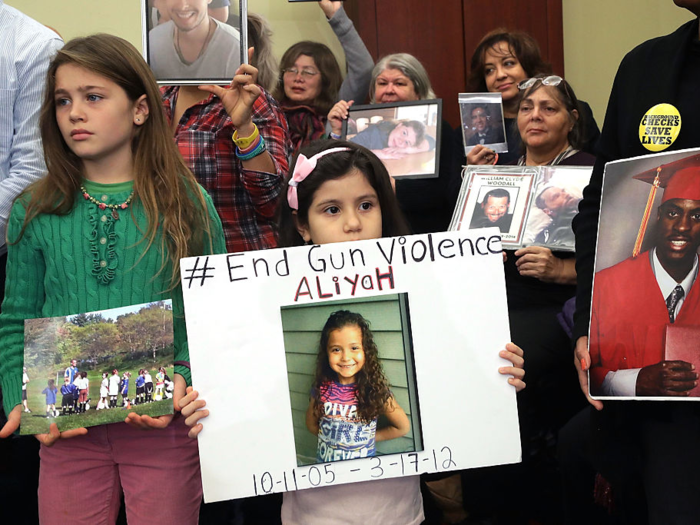
"In relation to mortality rates, gun-violence research was the least-researched cause of death and the second-least-funded cause of death," the authors of that study wrote.
The study ascribed this paucity of research to a 1996 congressional appropriations bill called the Dickey Amendment, which stipulated that "none of the funds made available for injury prevention and control at the Centers for Disease Control and Prevention may be used to advocate or promote gun control."
President Trump signed a bill in 2018 that weakened the Dickey Amendment — the new legal provision gives the CDC permission to research the causes of gun violence. But the amendment still maintains a ban on "using appropriated funding to advocate or promote gun control."
Researchers do know, however, that the annual number of people who died from firearm injuries worldwide rose from 209,000 to 251,000 between 1990 and 2016.
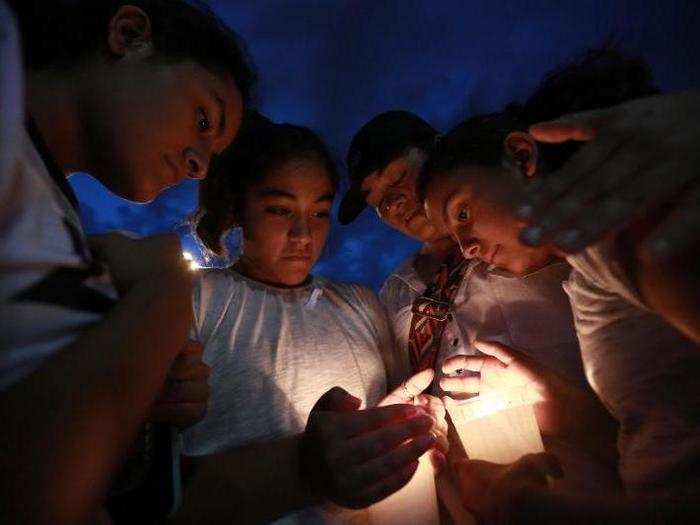
According to a recent study in the Journal of the American Medical Association, six countries — Brazil, Mexico, Colombia, Venezuela, Guatemala, and the US — accounted for 50.5% of the 251,000 global firearm deaths in 2016.
More than 60% of worldwide firearm deaths that year were homicides, while 27% were firearm suicide deaths, and 9% were unintentional firearm deaths.
The chart below shows an American's odds of dying in a gun assault or a mass shooting as of last year, as compared to other causes of death.
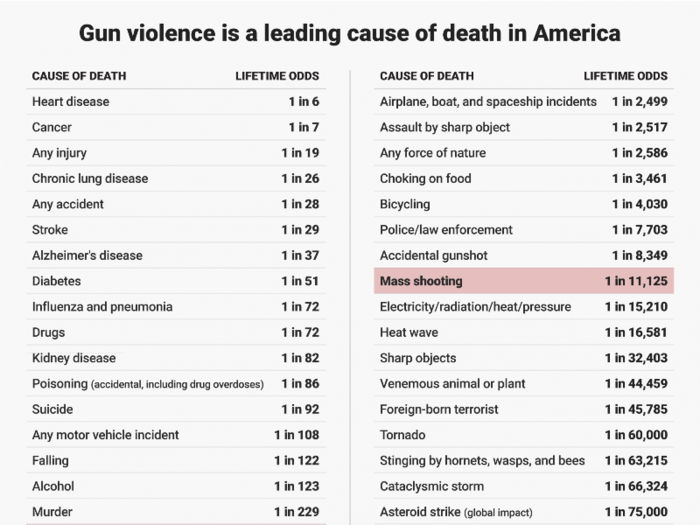
An American's chance of dying from gun violence overall is about 50% greater than the lifetime risk of dying while riding inside a car, truck, or van (though that category excludes pedestrian, cyclist, and other deaths outside of a motor vehicle). It's also more than 10 times as high as dying from any force of nature, such as a hurricane, tornado, earthquake, or flood.
In remarks following the El Paso and Dayton shootings, President Trump blamed "gruesome video games" and "mentally ill monsters" for the violence. A wealth of research contradicts both of claims.
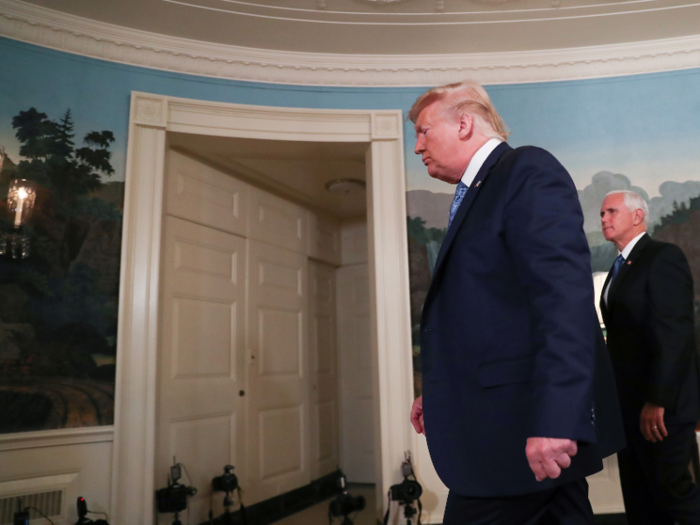
In his comments, Trump said "mental illness and hatred pulls the trigger, not the gun." He called for improvements to mental-health treatment and, "when necessary, involuntary confinement" of mentally ill people.
Decades of research, however, have shown that mental illness is not a cause of violence; in fact, a person with mental illness is far more likely to be a victim of violence than a perpetrator.
A 2016 study from the American Psychiatric Association found that "mass shootings by people with serious mental illness represent less than 1% of all yearly gun-related homicides," and that "the overall contribution of people with serious mental illness to violent crimes is only about 3%."
A study published in February supports those findings: Having a mental illness does not make a person more likely to commit gun violence. A better indicator was their access to firearms.
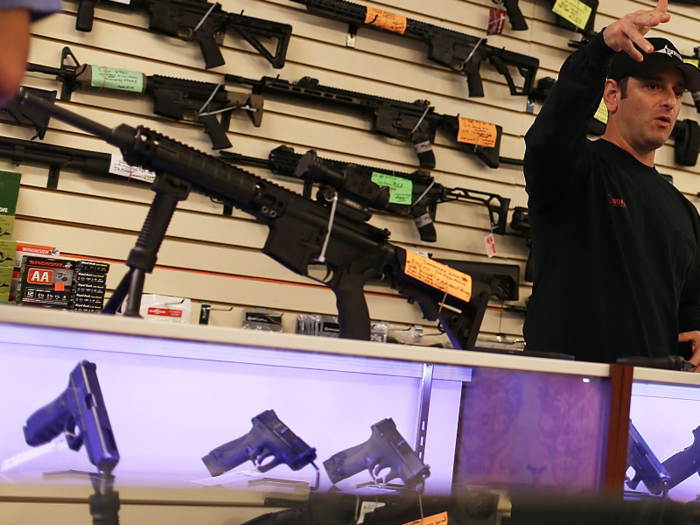
The authors of the study, which published in the journal Preventative Medicine, found that individuals who had access to guns were over 18 times more likely to have threatened someone with a gun compared to people without such gun access.
"What we found is that the link between mental illness and gun violence is not there," one of the authors, Yu Lu, said in a press release.
There is a link between reduced access to guns and lower rates of suicide.
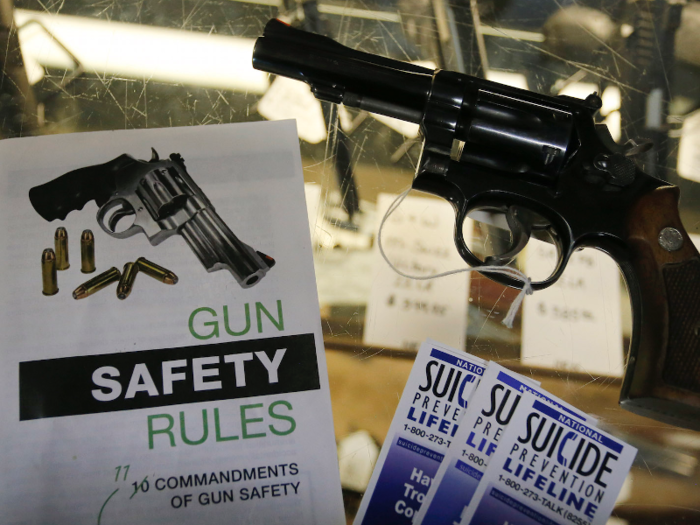
More than 60% of the nearly 40,000 annual gun deaths in the US are suicides, according to the CDC; that's almost double the number of homicides.
Data from other countries suggests there's a link between reduced availability of guns and fewer suicides. One study found that after the Israel Defense Forces stopped letting soldiers bring weapons home on the weekends, suicide rates dropped by 40%.
Barring people convicted of domestic abuse from owning guns also decreases the number of gun deaths.
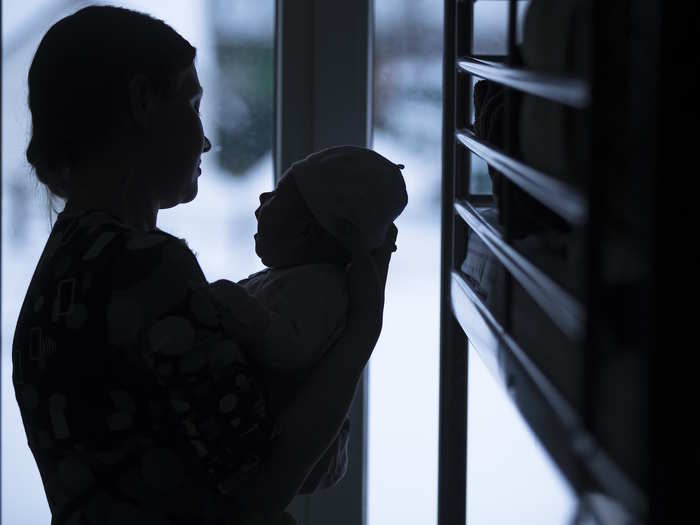
The Lautenberg Amendment to the 1968 Gun Control Act disqualifies people with a misdemeanor conviction for domestic violence from buying or owning weapons.
According to a 2017 study, gun murders of female intimate partners decreased by 17% as a result of that amendment.
A 2018 report published by Everytown, a non-profit dedicated to reducing gun violence in the US, indicates that in at least 54% of mass shootings, the perpetrator also shot a current or former intimate partner or family member.
After Congress let a 1994 ban on assault weapons expire in 2004, gun massacre deaths skyrocketed.
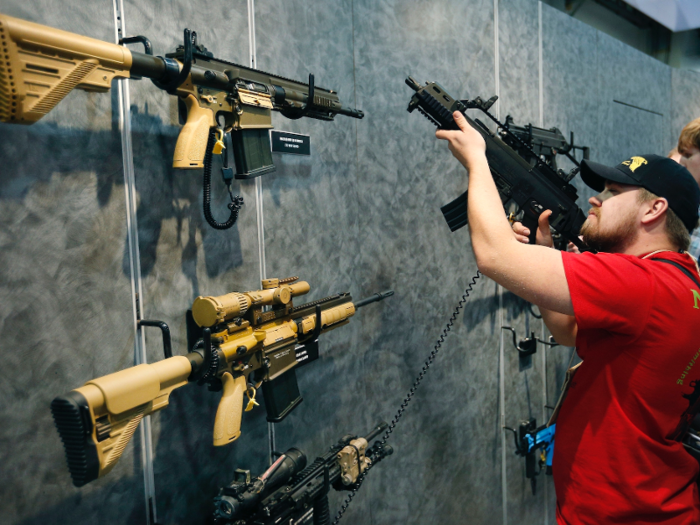
When people in the US were allowed to start buying military-style firearms with high-capacity magazines (which enable shooters to discharge many rounds of ammunition in a short amount of time), the number of people killed in gun massacres — defined as shootings in which at least six people die — shot up 239%.
By contrast, after the 1994 ban on assault weapons went into effect, the number of gun massacre deaths decreased by 43%, as researcher Louis Klarevas reported in his book "Rampage Nation."
There's still debate about whether assault-rifle regulation is effective at reducing overall firearm deaths, since most gun deaths in the US are suicides. But most of the deadliest mass shootings in recent US history involved a military-style weapon with a high-capacity magazine.
If US law makers do make policy changes, banning high-capacity magazines and renewing the assault weapons ban should be at the top of their lists, one researcher said.
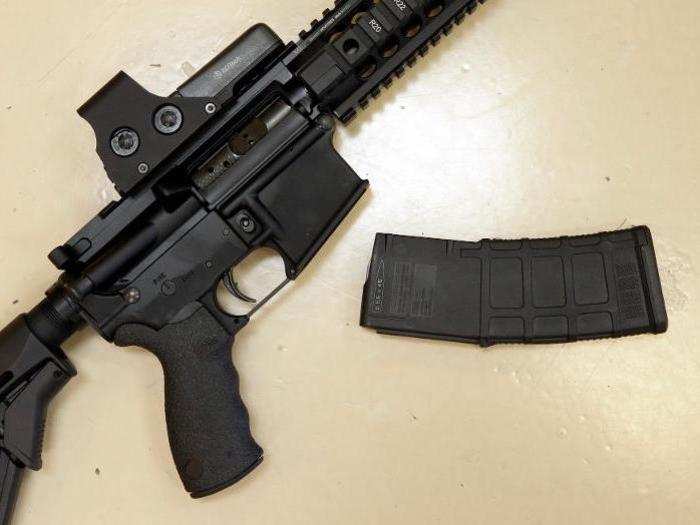
"Nearly every mass shooting illustrates that large-capacity magazines can increase the death toll and that forcing a shooter to reload more frequently can provide opportunities for counter-attack by those around," John Donohue, who researches mass shootings at Stanford University, previously told Business Insider.
He added: "Accordingly, a ban on high-capacity magazines is absolutely essential if one wants to reduce the loss of life from active-shooter scenarios."
There's a widening gap between the number of gun deaths in states with relaxed gun-control laws and states with more restrictive policies, according to a study published in March.
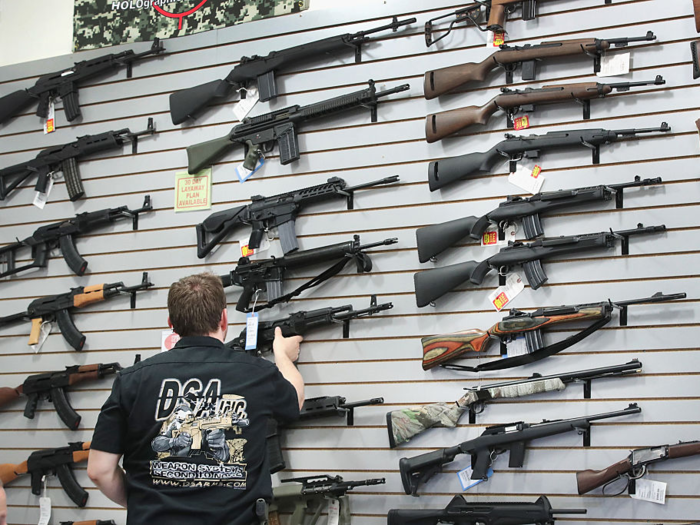
For the study, researchers assigned each of the 50 US states an aggregate "firearm laws score," ranging from 0 (completely restrictive) to 100 (completely permissive). These scores accounted for 13 factors, including gun permit requirements, if and where guns are allowed to be carried and kept, and whether state laws ensure a right to self defense.
The results suggested that a 10-unit increase in the permissiveness of state gun laws (according to the scoring system) was associated with an 11.5% higher rate of mass shootings.
What's more, every state's score shifted towards greater permissiveness from 1998 to 2014.
States that have stricter background-check laws for gun purchases have fewer school shootings.

A 2018 study found that states with stricter background checks for weapon and ammunition purchases had fewer school shootings.
States that spent more money on education and mental health-care also had lower rates of school shootings.
Though not the most common form of gun violence, school shootings have spiked in the US: There was an average of one per year from 1966 to 2008, but an average of one per week from 2013 to 2015, the same study found.
Last year, the American Association for the Surgery of Trauma called for gun policies that they say will make Americans safer, including removing firearms from domestic-violence perpetrators and regulating the sale of semi-automatic weapons.

In a statement published in the journal Trauma Surgery & Acute Care Open on August 7, 2018, the Board of Managers for the American Association for the Surgery of Trauma issued 14 recommendations "in an attempt to stem the tide of deaths from firearm violence and support safe firearm ownership."
The list also includes regulating the sale of high volume ammunition, bump stocks, and trigger actuators. The surgeons want mandatory reporting of all firearm sales as well.
Earlier this year, researchers at Johns Hopkins University pinpointed 10 policies that could reduce gun violence in the state of Illinois. Their recommendations are similar to the surgeons' list.
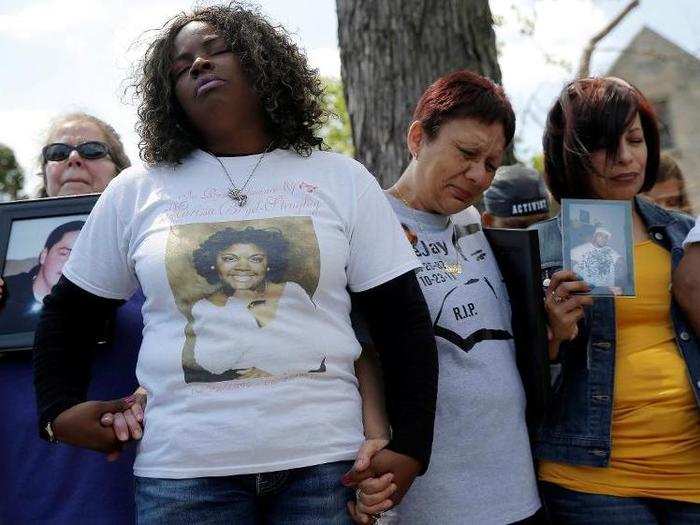
The suggested policies include banning the sale of new assault weapons, denying concealed-carry licenses to some individuals, and prohibiting firearm sales to people convicted of multiple alcohol-related offenses.
The most significant change the researchers recommended, however, would be to require gun purchasers to apply for a license in person with law enforcement and undergo safety training, rather than applying online or by mail without training.
These recommendations mirror some of Switzerland's gun policies. In that country, nearly one in four people legally owns a gun, but there hasn't been a mass shooting in almost two decades.
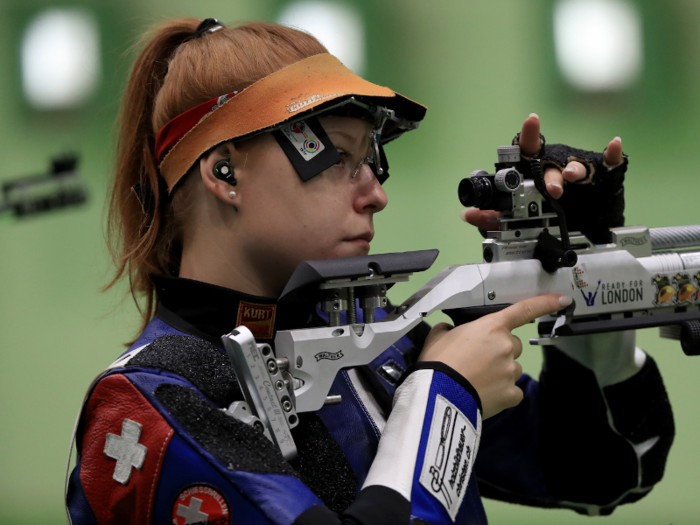
Swiss authorities keep a log of everyone who owns a gun in their region.
They can also decide on a local level whether to give people gun permits, and police don't take that duty lightly. They might vet the person by consulting a psychiatrist or talking with authorities in other areas in which a prospective gun buyer has lived. People who've been convicted of a crime or have an alcohol or drug addiction aren't allowed to buy guns in Switzerland. The law also states that anyone who "expresses a violent or dangerous attitude" won't be allowed to buy a gun.
Most Swiss citizens aren't allowed to carry their guns in public — getting a concealed-carry permit is difficult for people who don't work as security officers or police.
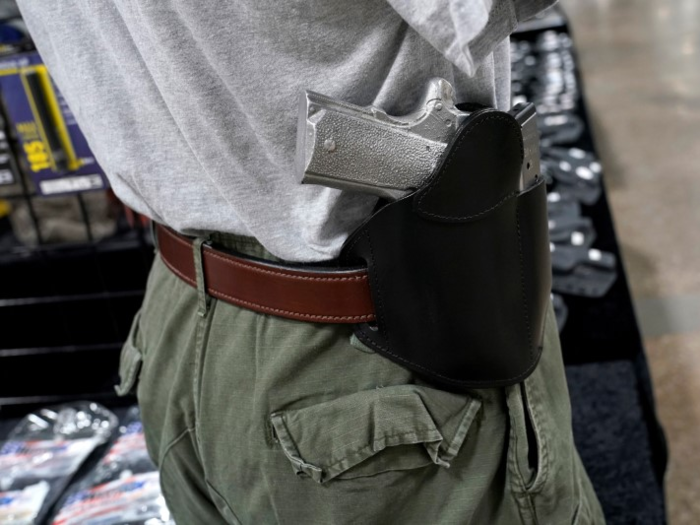
In the US, states that have right-to-carry (RTC) gun laws allow anyone who can own a gun and meet necessary conditions to get a concealed-carry permit. Four decades ago, only five states allowed the concealed carry of firearms. By 2014, all but eight states had reinstated RTC laws.
One 2017 study found that concealed-carry laws increased the rate of firearm homicides by 9% when homicide rates were compared state by state.
Research shows that states that require background checks on all gun sales had 35% fewer gun deaths per capita between 2009 and 2012.

Currently, US law only requires background checks when people buy guns from licensed firearms dealers. However, research from the nonpartisan Rand Corporation estimates that universal background checks could prevent 1,100 homicides per year.
Seventeen US states and the District of Columbia also have "red-flag laws," which allow family members and law enforcement to file Extreme Risk Protection Orders that restrict or temporarily remove a person's access to firearms if their behavior suggests they pose a violent threat.
In his recent remarks, President Trump endorsed those laws, saying, "we must make sure that those judged to pose a grave risk to public safety do not have access to firearms and that if they do, those firearms can be taken through rapid due process."
Rates of accidental shootings are also higher when people — especially children — are around more guns.
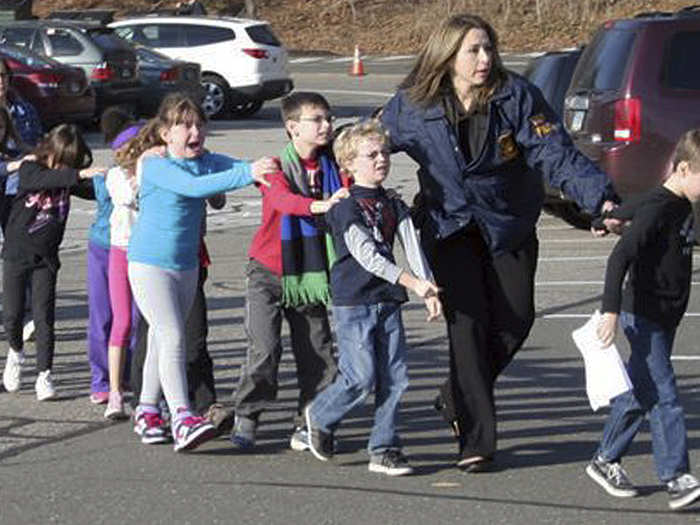
In December 2012, a gunman killed 20 children and six adults at Sandy Hook Elementary School in Newtown, Connecticut. The tragedy gave rise to calls for gun-control regulation, and that resulted in what's now a predictable phenomenon: People bought more guns.
With more guns around in the months after the Sandy Hook shooting, the rate of accidental deaths related to firearms rose sharply, especially among children, according to a study published in the journal Science. The calculations showed that 40 adults and 20 children died as a result of those additional gun purchases.
Many accidental gun deaths can be avoided, though, if gun owners lock up their firearms.
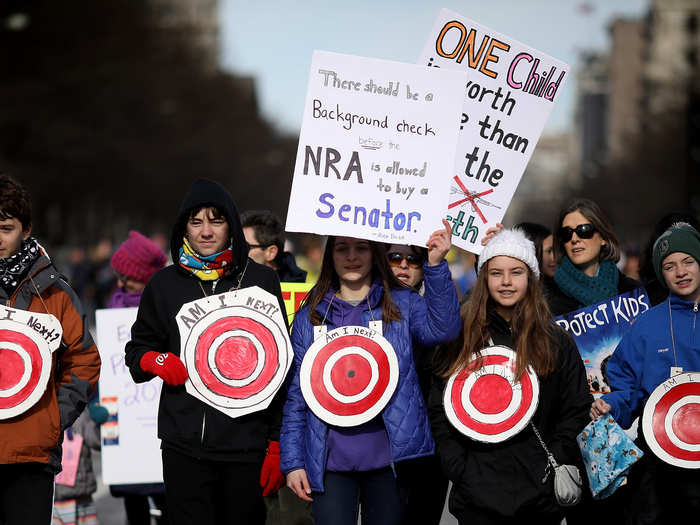
In 2015, 13 million US households with children contained firearms. Fewer than one in three of those households, however, followed the American Academy of Pediatrics' recommendations to store all household firearms locked and unloaded.
A study published this year found that up to 32% of youth suicides and accidental firearm deaths (with youth defined as any person 19 years old or younger) could be prevented if the remainder of these households were to lock up their guns.
Specifically, the researchers found that if 20% of households that keep at least one gun unlocked started locking up all their guns within a year, between 72 and 135 youth firearm fatalities could be prevented.
Longer prison sentences for crimes involving a gun — like armed robbery and assault with a deadly weapon — have also been shown to help reduce violent firearm use.
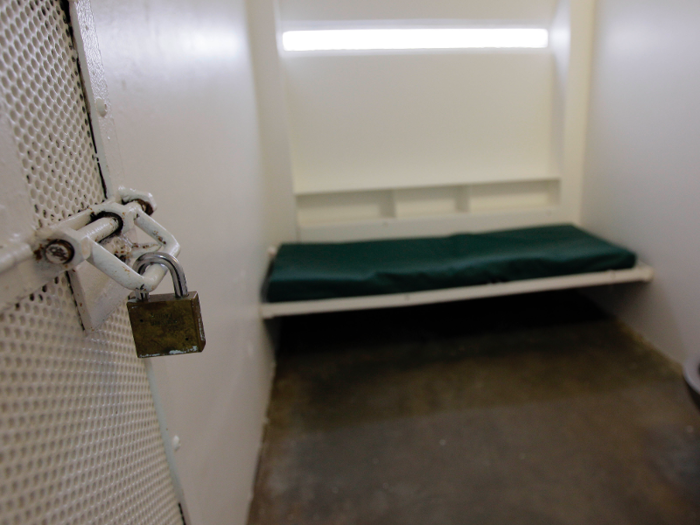
Gun-robbery rates have gone down in states that approved longer sentences for assault or robbery with a gun. In the 1970s and 1980s, legislators passed 30 laws calling for additional prison time for people convicted of robbery or assault with a gun.
A 40-year-analysis published in the journal Science found that gun-robbery rates dropped by 5% in the years after these longer sentencing laws were enacted.
Replacing medium- and large-caliber weapons with small-caliber guns would dramatically reduce gun deaths as well, according to data from the Boston Police Department.
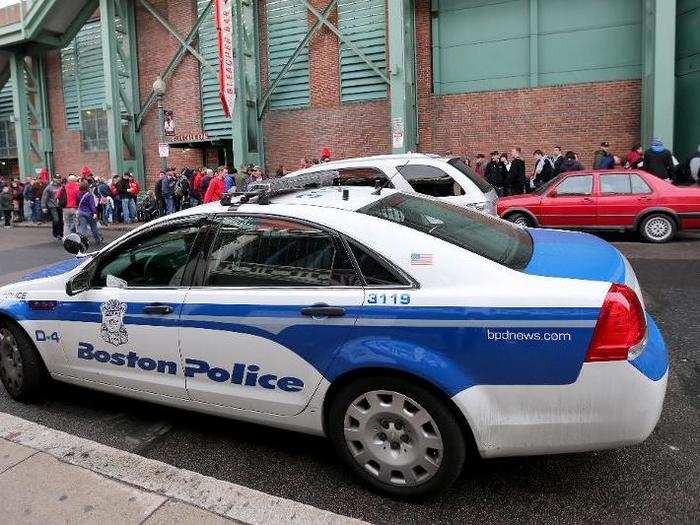
In a July 2018 study, researchers examined data from files of 511 gunshot victims kept by the Boston Police Department.
They found that weapon caliber — which refers to the diameter of the firearm barrel and is an indication of the diameter of the bullet — played a big role in how fatal shootings were.
People shot with medium-caliber weapons (.38, .380, and 9 mm) were more than twice as likely to die as those shot with small-caliber guns (.22, .25, and .32 mm). And victims shot with large caliber weapons (.357 magnum, .40, .44 magnum, .45, 10 mm, and 7.62 × 39 mm) were more than 4.5 times as likely to die as those shot with small-caliber firearms.
Replacing all large- and medium-caliber guns with small ones would have reduced the homicide rate by 39.5%, the researchers found.
Weapons buy-back programs have been successful in reducing mass shootings.
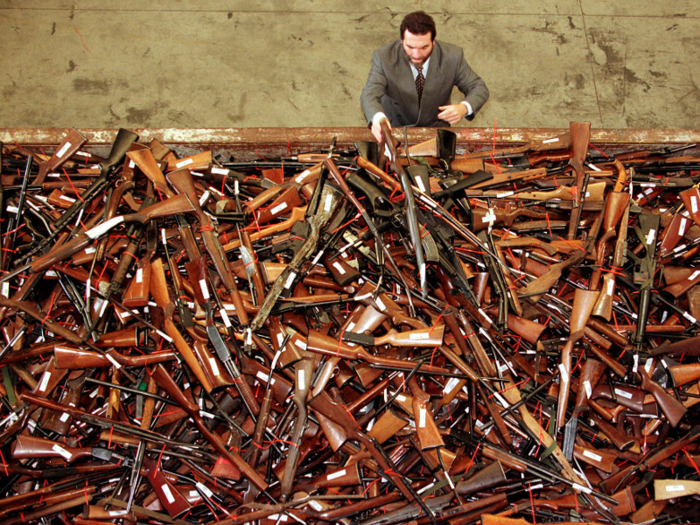
After at 1996 mass shooting left 35 people dead in Australia, the country's leaders enacted stricter gun-control legislation and set up a program for citizens to sell their weapons back to the government so they could be destroyed.
The initiative appears to have been successful: Firearm suicides dropped by 65% and homicides by 59% over the decade following the 1996 legislation.
While Australia saw 13 mass shootings (defined as five or more deaths) in the 18 years before the 1996 massacre, there have only been two in the 23 years since.
The US has a higher rate of gun violence than any other similarly wealthy country.
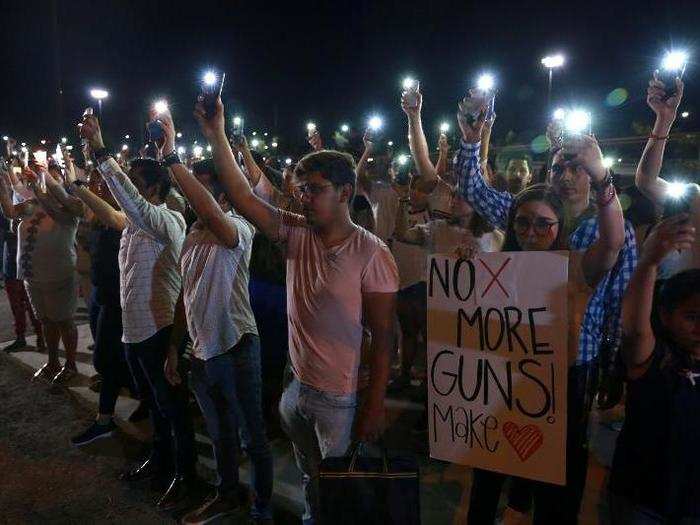
The US has far more mass shootings than just about any country in the world. Of countries with at least 10 million people, there are more mass shootings per capita in only Yemen, which has the second-highest per-capita rate of gun ownership (the US has the highest).
The US is not inherently a more violent society, but its policies make guns easy to get. The data that we have indicates that some gun-control measures — like banning some types of weapons, improving background checks, and putting more restrictions on weapon access — could save lives.
At the very least, gathering and analyzing data could help leaders determine what sort of changes might help prevent another Parkland, Sandy Hook, or El Paso.
Kevin Loria contributed to an earlier version of this story.
Popular Right Now
Popular Keywords
Advertisement